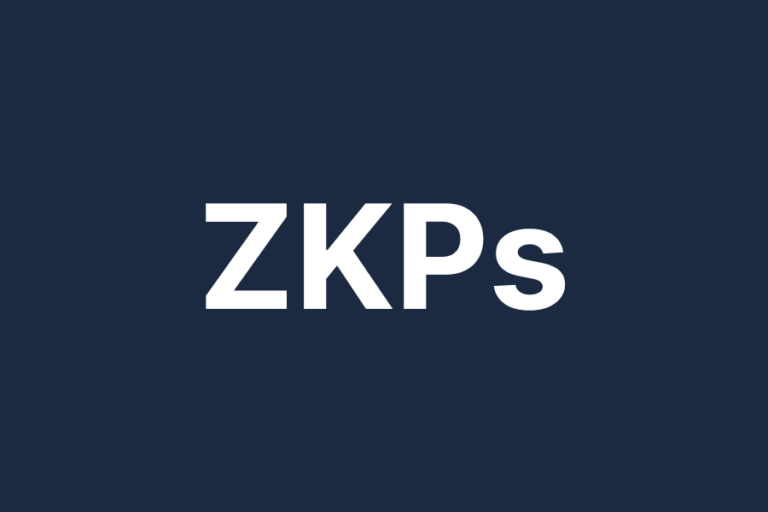Zero Knowledge Proofs (ZKPs) stand as an enigmatic pillar of digital privacy and security, as they allow one party to assert knowledge without revealing the underlying secrets – a concept that seems contradictory at first glance. But what adds an extra layer of fascination to ZKPs is the diverse range of flavors they come in.
Interactive ZKPs
Imagine cryptography as a difficult dance, and interactive ZKPs are the graceful waltz of the cryptographic world. In this enchanting performance, two parties, the “prover” and the “verifier”, engage in an elegant back-and-forth, guided by the principles of mathematical probability.
Picture this scenario: Person A wants to prove to Person B that she possesses a specific piece of knowledge, let’s say the secret recipe for the world’s most delicious cake. Instead of simply divulging the recipe, Person A initiates a dance with Person B. Step by step, move by move, they exchange information. At each step, Person A offers a piece of the puzzle, just enough to convince Person B of her expertise without revealing the entire recipe. Person B, the vigilant verifier, watches attentively, ensuring each step aligns with the secret’s essence.
This complex choreography continues until Person B is thoroughly convinced that Person A indeed holds the coveted recipe. Yet, crucially, he remains blissfully unaware of the complete secret. This is the magic of interactive ZKPs, where a delicate dance of information exchange allows for knowledge assertion while preserving secrecy.
Non-interactive ZKPs
If interactive ZKPs are a dance, non-interactive ZKPs are more like crafting a masterpiece in advance – a mysterious yet ingenious process that requires careful preparation.
In this scenario, Person A, the prover, doesn’t engage in an elegant dance with Person B. Instead, she assembles all the proof elements upfront, like an artist precisely preparing a canvas. Once her masterpiece is ready, she presents it to Person B, the verifier. Now, Person B’s role is to inspect and validate the artwork. If everything aligns perfectly, he accepts it as genuine.
What’s fascinating about non-interactive ZKPs is that Person A’s upfront preparation is entirely based on mathematical principles, ensuring that Person B can perform his verification without requiring Person A’s active participation. This adds an extra layer of resistance against collusion or manipulation, making it a powerful tool for cryptographic applications.
zk-SNARKs
Among the diverse flavors of ZKPs, zk-SNARKs (Zero-Knowledge Succinct Non-Interactive Arguments of Knowledge) have risen to stardom. These cryptographic celebrities have found their way into the limelight, shining brightly in applications like cryptocurrencies, most notably Zcash, and identity verification.
Imagine zk-SNARKs as the rock stars of ZKPs. They arrive with an aura of fame and power, offering a unique blend of privacy and efficiency. When zk-SNARKs are on stage, transactions on public blockchains like Zcash become confidential affairs. Instead of broadcasting details to the world, users can make private transactions, revealing nothing but the fact that the transaction is valid. It’s like conducting secret financial transactions in a crowded room without anyone knowing who sent what to whom.
Additionally, zk-SNARKs play a crucial role in identity verification. Picture this: you want to prove your age to access a restricted online platform, but you’re reluctant to share your birthdate. zk-SNARKs step in as the guardians of your privacy, allowing you to prove your age without revealing the exact date of your birth. Among all Zero Knowledge Proofs, zk-SNARKs are the shining stars, providing a remarkable balance between confidentiality and efficiency.



